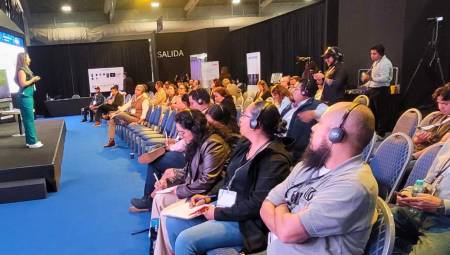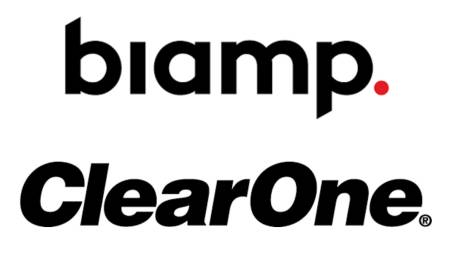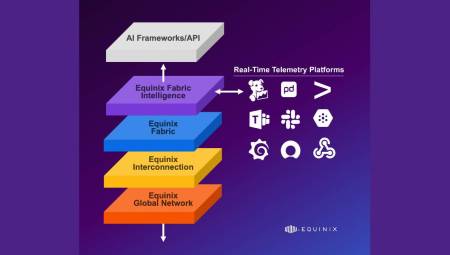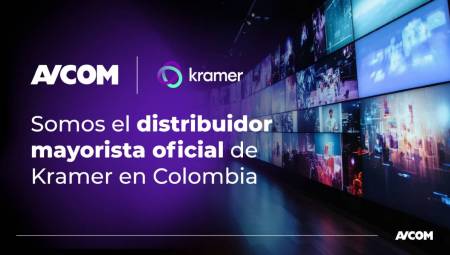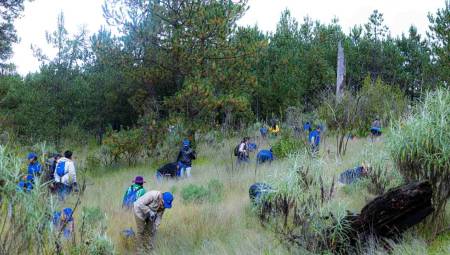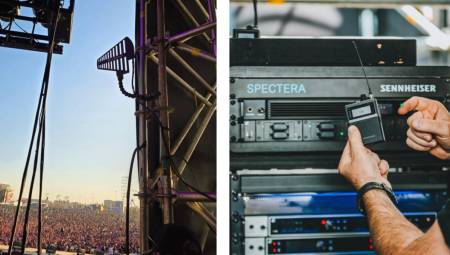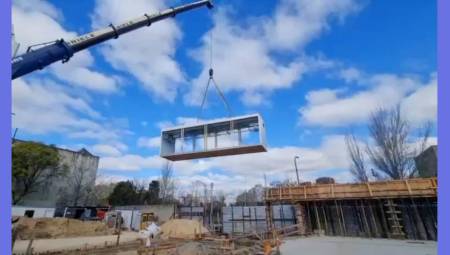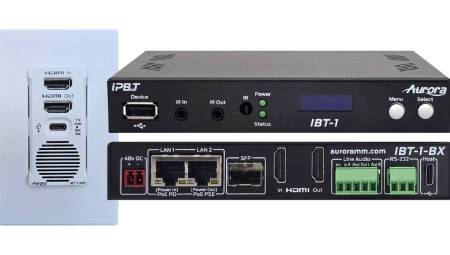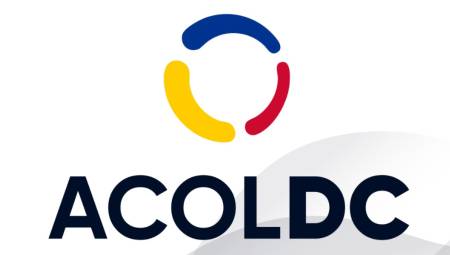 Latin America. Latin America's 4G LTE connections reached 11.76 million in 2014, according to data released by Dataxis and published in the 'LTE outlook Latin America' report. By 2018, that number will increase by about 1500% and will amount to a total of 187.8 million connections.
Latin America. Latin America's 4G LTE connections reached 11.76 million in 2014, according to data released by Dataxis and published in the 'LTE outlook Latin America' report. By 2018, that number will increase by about 1500% and will amount to a total of 187.8 million connections.
The data includes total LTE connections in the seven main countries in the region: Argentina, Brazil, Chile, Colombia, Mexico, Peru and Venezuela.
Colombia, Brazil and Mexico were pioneers in launching LTE in the region. 4G arrived in Latin America in 2012 and began to gain traction towards 2014, boosted by the World Cup in Brazil. That year, Brazil accounted for 57.5% of total LTE connections in the markets analysed.
Dataxis projects that by 2018 Brazil will remain the leader in the number of 4G connections, although its share of the regional total will fall to 32.8%; Mexico will rank second with 29.1% and Colombia and 24.6% participation.
At the end of 2014, the seven main markets in the region registered about 592 million mobile lines. In turn, the mobile market contributed 69% of total telecommunications revenues in the region.
In 2014, 4G LTE connections accounted for 2% of the total number of mobile lines in the countries analyzed. That proportion will grow to 29.7% by 2018, while 3G technology will continue as a leader with 65.8% share.
In turn, Dataxis predicts that in 2018 98.3% of LTE users will connect through smartphones, and only 1.7% will do so using data-only devices.
Although 4G technology will have a great growth in the coming years, in the short term it will continue to depend on an alternative network to offer voice services, since voice over LTE (VoLTE) deployment is in an initial phase of development, even in more developed markets.
Dataxis believes that by 2018 2G networks will survive to support M2M services and voice services in rural areas.






































